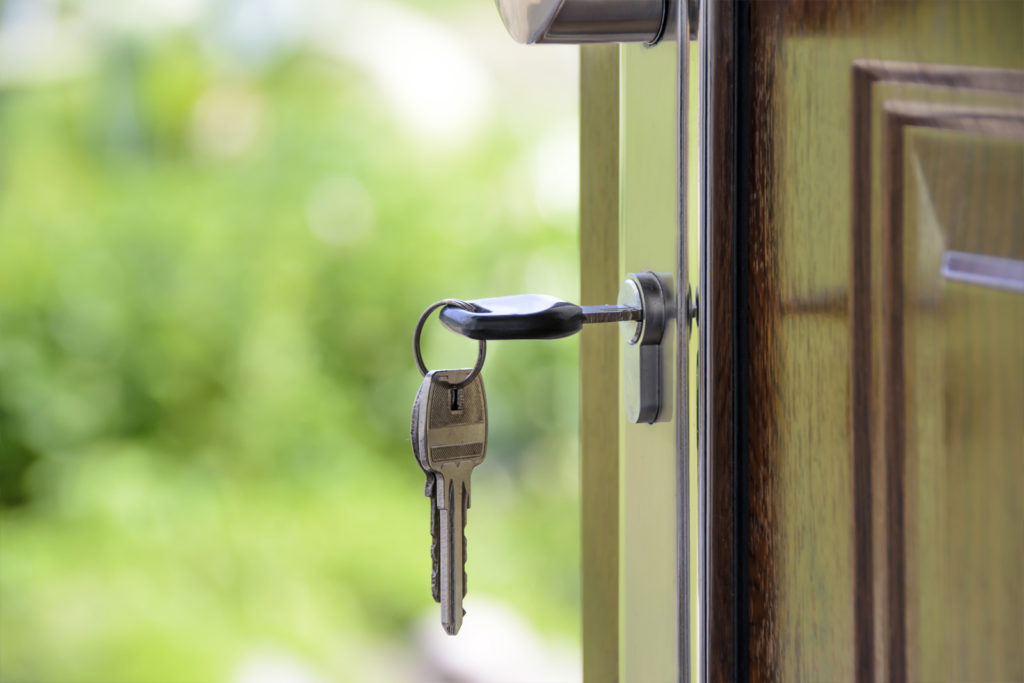
Home insurance is a basic term for two different types of insurance policy. Buildings insurance to cover the construction of your property and home contents insurance to protect your valuables and other household objects.
The problem is that not all home insurance policies are created equal making it difficult to compare like with like. The areas and level of cover provided vary from policy to policy along with the premiums. So having a definite idea of what you need to insure and for how much will help minimise the overall time and money spent buying it.
Tip 1: Cut the risk, cut the cost
All insurance policies protect against the risk of financial loss. So to cut the cost, cut the risk to the insurer and you’ll get a lower premium. To give you an idea, here’s a quick summary of the most effective tactics…
• Contact your home insurance company or local neighbourhood watch scheme and they will send you a list of steps to make your house more secure and less likely to be targeted by thieves.
• Fit locks to all windows and level 5 (BS3621) mortise deadlocks locks to the doors. Most insurance companies will give you up to 10% off your home contents insurance if you have these kind of locks fitted around your house.
• Having a good alarm fitted by a recognised alarm fitter, which your insurance company can recommend, can give you up to 10% off your policy. Bear in mind that these are expensive alarms which require an annual check up.
• Higher policy excess. You will usually have to pay the first £50 of any insurance claim, but if you’re willing to pay more then, your premium will fall now.
• Neighbourhood watch schemes. Some home insurers offer discounts if you live in a neighbourhood watch area; however this is less common.
• No claims bonus. As with your car insurance; a record of no previous claims will reduce your premium. If you need to make a claim, consider whether it may be cheaper to pay for the loss yourself and avoid an increase in premiums.
• Your age. Statistically, the older you are, the less likely you are to make a house insurance claim. So if you’re a lower risk this will be reflected in your premiums. Some companies offer extra benefits to those over 50 such as Saga.
• Extra security. Declare any special safety precautions you’ve made for your valuables such as a home safe.
• Your lifestyle. If you have a dog, are teetotal and don’t smoke, be sure to declare this as such factors are used by some insurers to reduce premiums.
• Occasionally applying to your existing insurer as a new customer can reduce your premiums. Many insurers offer discounts to new customers which won’t be repeated when you come to renew.
• If you can apply online you will normally get a discount of around 5%.
Before you carry out any security improvements to your home, always check with your home insurance company first. They will confirm which improvements will have the biggest cost cutting impact.
Tip 2: Know what home insurance you need
Working out an accurate figure for the buildings and contents insurance value can be awkward, which is why a lot of homeowners are either under insured or paying for levels of cover they don’t really need.
Buildings insurance covers the re-build cost of your property not its market value. The re-build value of your home is the cost of re-building it in the event that it is destroyed by fire or subsidence for example. The re-build value of your home can usually be found on your mortgage agreement, or property deeds. The Building Cost Information Service (BCIS) of the Royal Institution of Chartered Surveyors (RICS) produces a range of detailed information on the cost of rebuilding houses and flats together with a re-building cost calculator.
Alternatively, you can opt for a policy that has an unlimited or high standard buildings sum insured so you don’t have to worry about insuring the right amount.
Then there is the home contents insurance which covers almost everything else you would take with you if you moved house. Make a list of the rooms in your house and write down all the items contained in each with there value. Then, total the individual amounts to see what contents insurance protection you need. Remember to value items such as music CD’s, videos and clothing as their total cost is often missed or under insured. Whether your wardrobe is full of jeans or designer labels, make sure you include the cost of replacing them.
Tip 3: Look at separate buildings & contents insurance
If you need both buildings and contents insurance, get quotes for separate policies for maximum potential savings. Most insurers do provide them as separate policies and just because one is cheap for buildings cover doesn’t mean they are equally competitive to insure the contents. Find the cheapest providers for each component and consider buying each from different insurers.
Tip 4: Shop around for home insurance
Shopping around will yield the biggest savings on home insurance.
Firstly, don’t simply opt for the home insurance supplied by your mortgage lender. They can be convenient when your busy sorting your mortgage but they’re often over priced and chances are they won’t have been compared against other policies on the market.
When shopping for insurance you basically have three options; go direct to the insurer, browse the web or use a broker. If you have the time and commitment you can do all three, but the fastest and most effective route is to log on and use the reach of the internet.
The best insurance web sites compare dozens of brokers and home insurance companies in minutes. You only have to fill in one form to get a list of premiums displayed on your screen from major insurers and brokers. However, if you have unusual or very specific requirements the final premium may increase when confirmed direct with your chosen insurer.
Tip 5: Ask for a bargain
Home insurance has a margin of profit built into it which can be negotiated down if you’re armed with the right information. Not all insurers will buckle and concede an additional discount but if you don’t ask you won’t know.
• First, find the cheapest quote after using internet comparison sites and phoning a few brokers.
• Select the cheapest quote and contact your existing insurer first asking them to beat it. If they won’t budge contact the second cheapest insurer and do the same.
• If after your best efforts, the insurer won’t budge, ask them to throw in some extra cover to sweeten the deal or move on to the next home insurance company and repeat the same steps.




About The Author: T&R Direct
More posts by T&R Direct